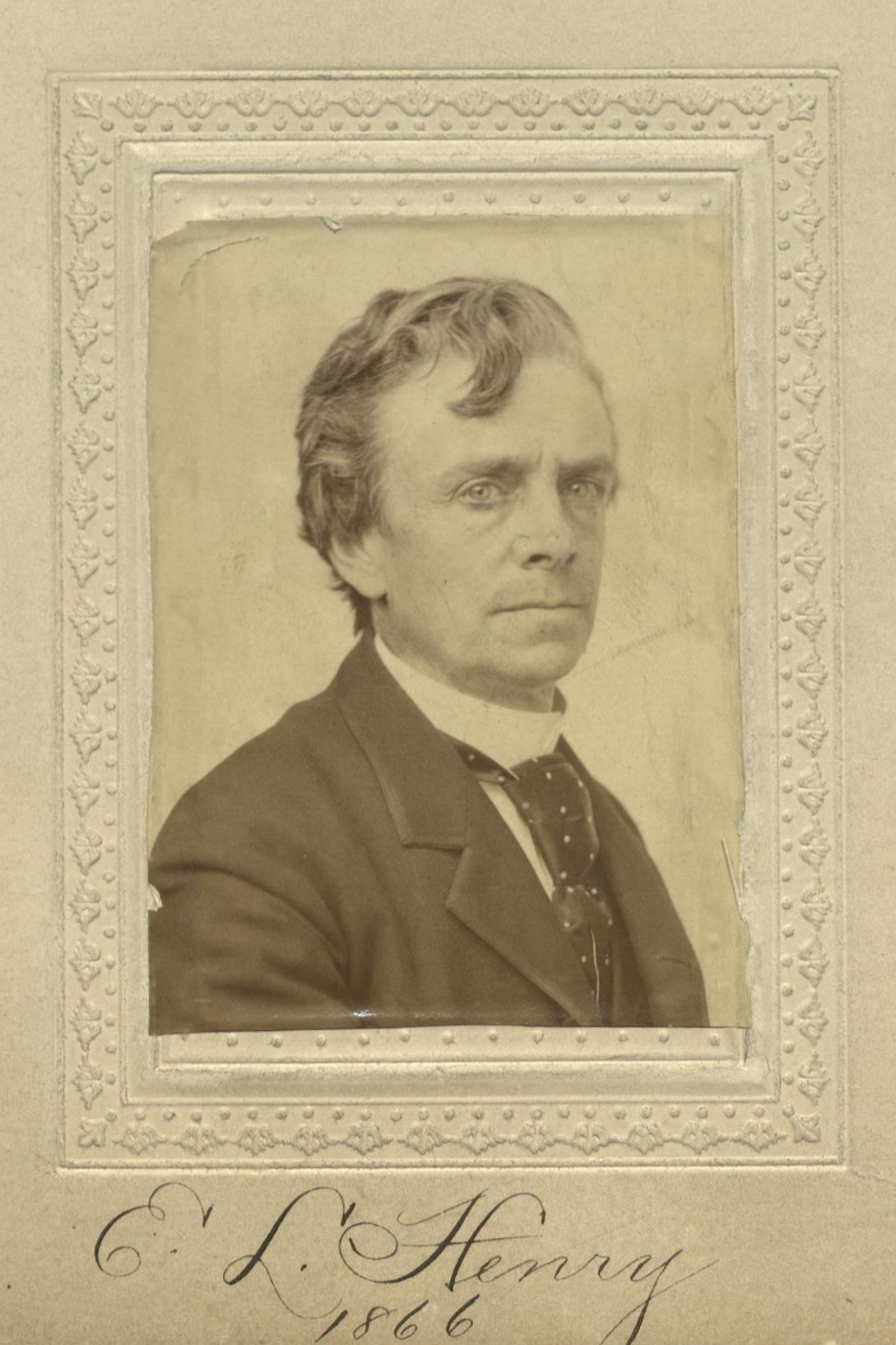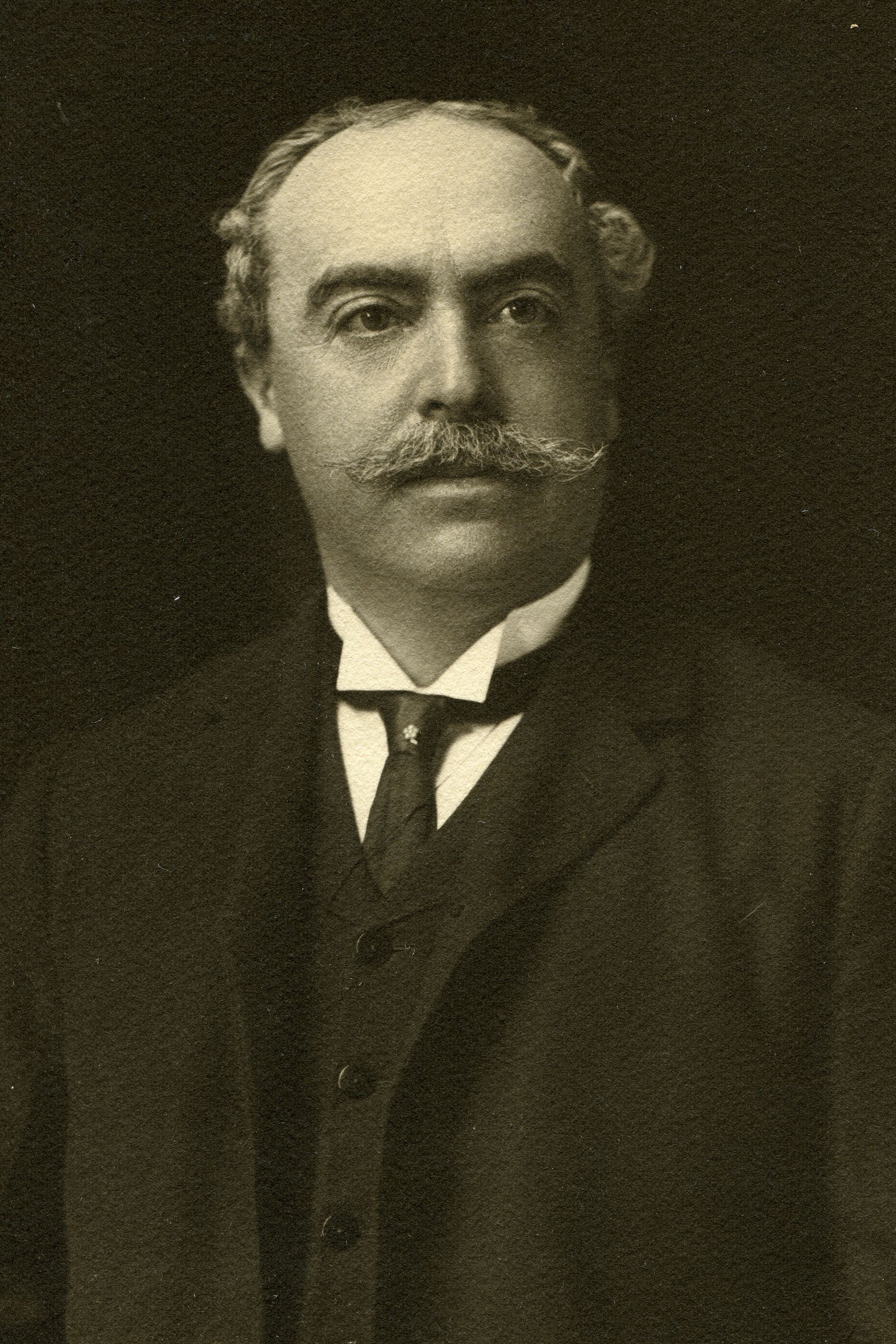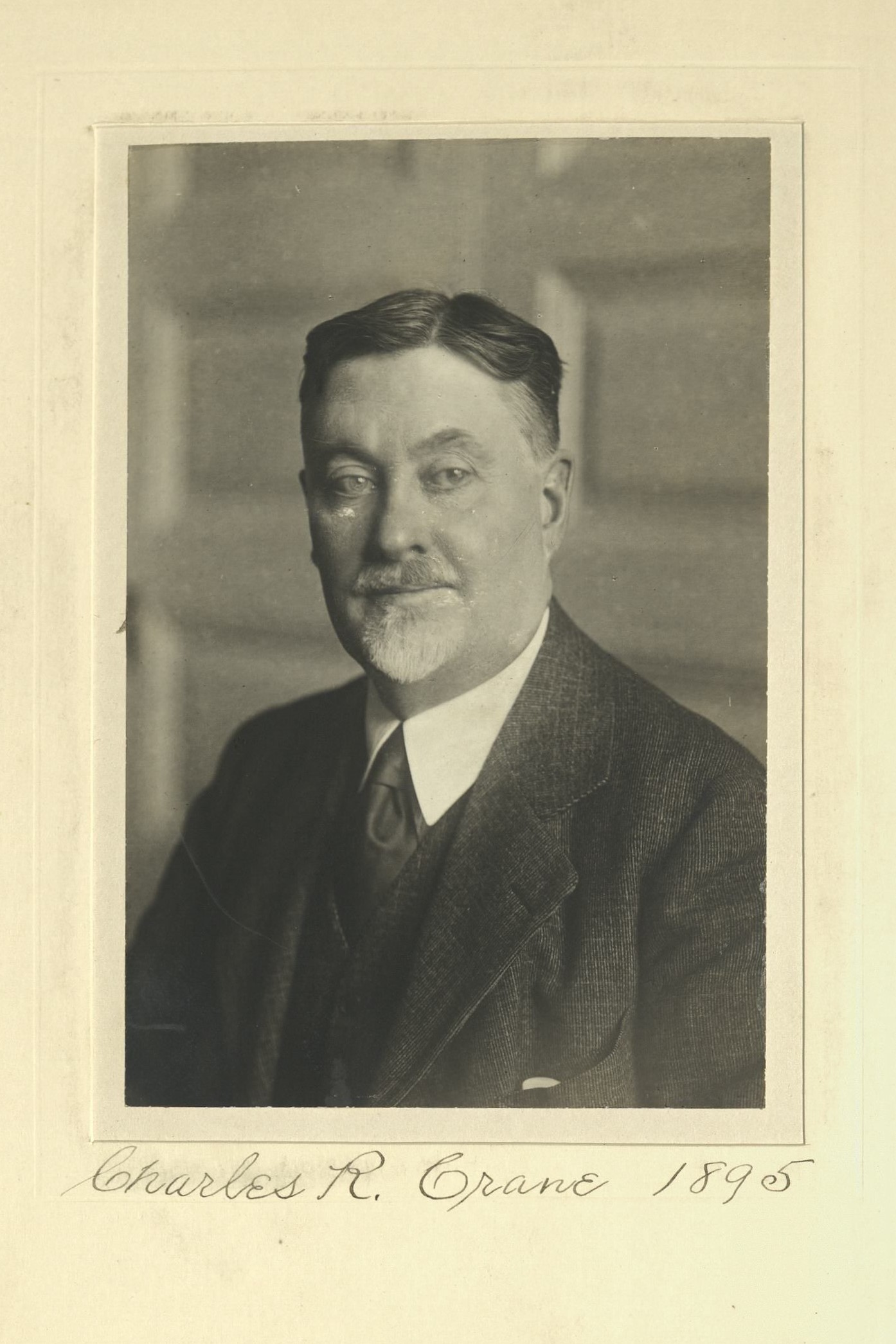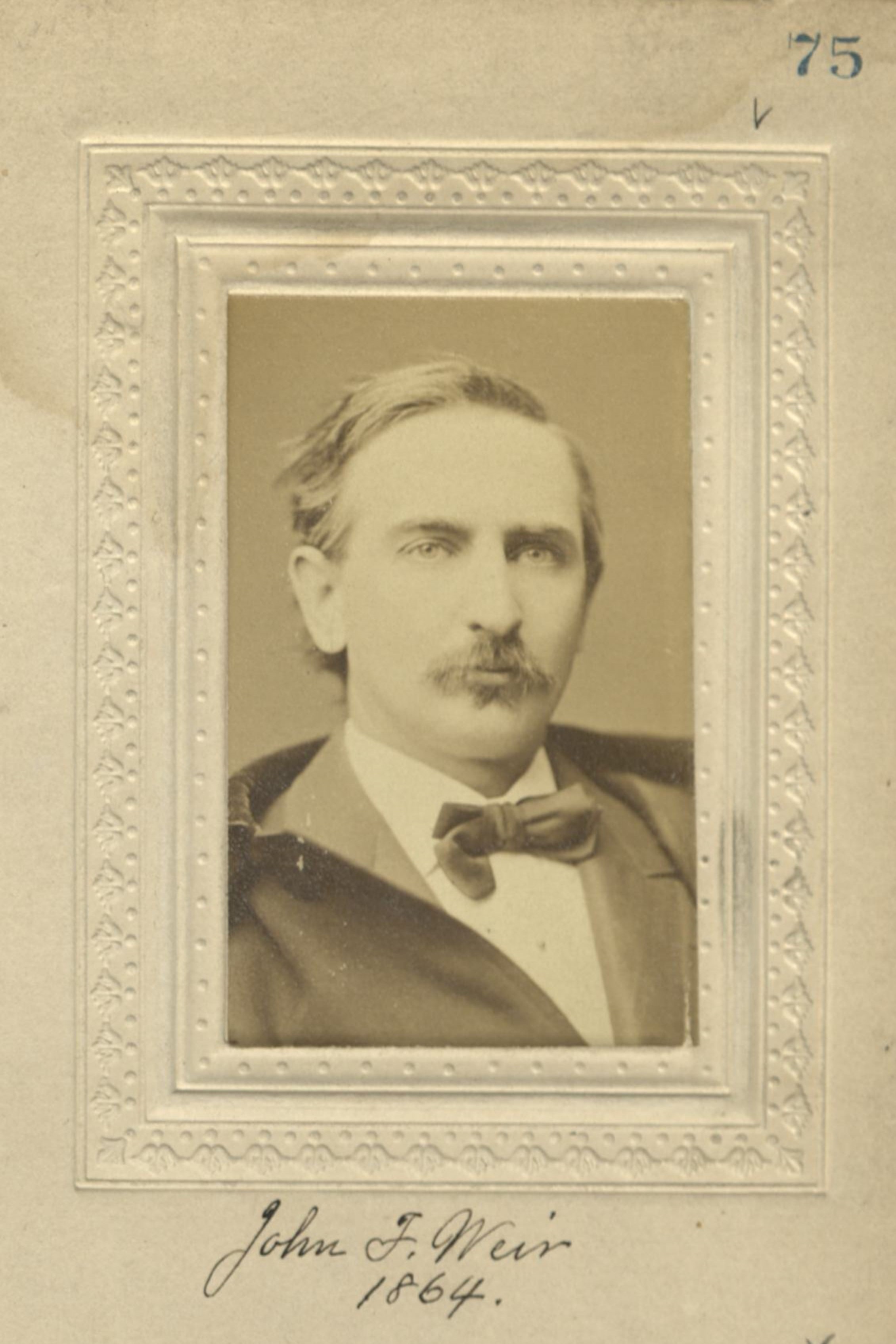Member Directory,
1847 - 1922
Edward L. Henry
Artist
Centurion, 1866–1919
John F. Weir
Charleston, South Carolina
Ellenville, New York
Age twenty-five
Johnstown, New York

Century Memorial
An artist of a curiously different quality ended his career when Edward Lamson Henry died at his home in Cragsmoor. Henry was a painter of American life in its picturesque aspects, past and present. The type of his work was purely national; the interest human and genuinely historic; the touch always that of a masterly genre artist. The public, quick to recognize and appreciate such work well done, has long been familiar with The First Railway Train in America and the Erie Canal Packetboat, even when it had no knowledge of the painter. It understood, as the artist meant it to understand, that the canvas was giving a clear and vivid glimpse of life as it really was, in the United States of 1832 and 1840. To Henry, even an old-time house or church made its own appeal; his interesting study of the Westover Mansion of Virginia is on the walls of our Club. But he was fondest of bringing human figures upon his canvas, with a realism from which, as one of his fellow-artists said of his old-time coach arriving at a Southern ferry, one actually “feels the wind, the slapping of the water,” even “the vexation of the travelers.”
Mr. Henry’s house at Cragsmoor was a museum of curios after his own heart and in line with his peculiar genius. A collector of actual state coaches and post-chaises of a century ago stands in a class by himself; and when these unusual relics were supplemented by the actual costumes, the arms, even the tools of that distant period, it is easy to understand how the atmosphere of his mountain retreat, was the atmosphere of his paintings.
Alexander Dana Noyes
1920 Century Association Yearbook





